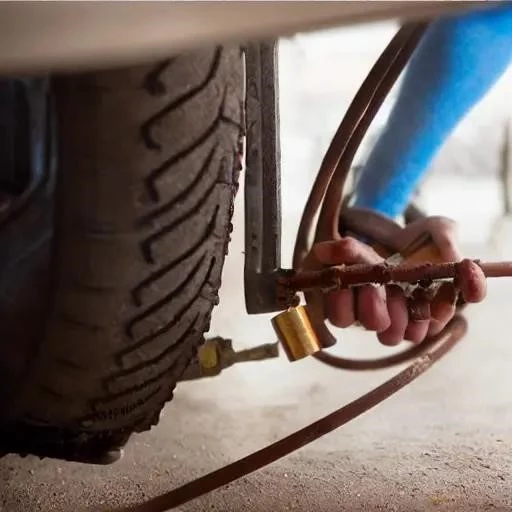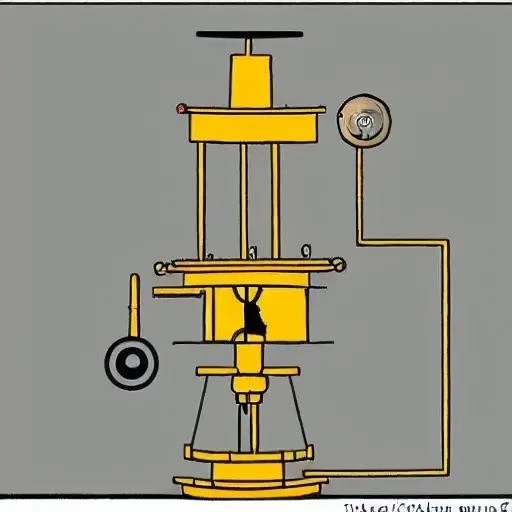In the intricate symphony of modern automotive engineering, few components are as vital, yet often overlooked, as your vehicle’s transmission lines. These unsung heroes diligently transport crucial fluids, ensuring your car shifts gears smoothly and efficiently, propelling you forward on countless journeys. However, like any hardworking system, they are susceptible to wear and tear, eventually necessitating repair or replacement. The mere mention of “transmission” often conjures images of exorbitant repair bills, striking fear into the hearts of vehicle owners. Yet, understanding the true nature of transmission line issues and their associated costs can empower drivers, transforming potential panic into informed decision-making.
Far from being a catastrophic overhaul, addressing issues with transmission lines is frequently a more manageable endeavor than a full transmission replacement. These critical conduits, typically found in automatic transmissions, are the circulatory system for your vehicle’s lifeblood – its transmission fluid. When they fail, whether through corrosion, damage, or age, the consequences can range from minor leaks to severe operational problems, jeopardizing your vehicle’s performance and longevity. By proactively recognizing the signs and understanding the financial landscape, car owners can strategically navigate these repairs, ensuring their beloved machines continue to run seamlessly without draining their savings.
Here’s a detailed look at the factors influencing transmission line replacement costs and crucial information for every vehicle owner:
| Category | Information / Details |
|---|---|
| Average Cost Range (Lines Only) | $50 ⏤ $300+ (for parts alone, depending on vehicle and specific line type) |
| Average Cost Range (Repair/Replacement) | $100 ⏤ $500 (for general transmission line repairs, including labor) |
| Transmission Cooler Line Specific Cost | $341 ⸺ $417 (average for Trans Oil Cooler Line Replacement, including labor and parts) |
| Full Transmission Cooler Replacement Cost | $570 ⸺ $1,120 (average, including $400-$900 for the cooler and $170-$220 for labor) |
| Key Factors Influencing Cost |
|
| Cost-Saving Tips |
|
| Reference Link | Car and Driver Maintenance Guide |
Delving deeper into the financial mechanics, it becomes clear that the “transmission cost” is not a monolithic figure. Industry reports, including data compiled as recently as January and February 2025, indicate a broad spectrum of repair expenses. While a complete new transmission can command anywhere from $2,900 to an astounding $7,100, or $2,500 to $6,000 for parts and labor, the specific repair of transmission lines presents a far less daunting prospect; Expert mechanics often classify transmission line fixes as “fairly simple,” with most repairs ranging from $100 to $500. This stark contrast highlights the importance of accurate diagnosis, preventing unnecessary and significantly more expensive overhauls.
The variance in car transmission lines replacement cost is remarkably influenced by several critical factors, acting much like a personalized financial blueprint for each vehicle. The make and model of your car play a pivotal role; a luxury sedan or a high-performance sports car, for instance, typically requires specialized parts and labor that can elevate costs compared to a more standard vehicle like a 2012 Ford F150. Furthermore, the distinction between manual and automatic transmissions is crucial, as transmission lines are predominantly found in the latter. By integrating insights from detailed repair quotes and considering the quality of replacement parts—whether original equipment manufacturer (OEM) or reputable aftermarket alternatives—drivers can meticulously manage their repair budgets, avoiding unwelcome surprises.
Looking ahead, the narrative surrounding automotive maintenance is shifting from reactive fixes to proactive empowerment. Understanding the signs of failing transmission lines—such as fluid leaks, strange odors, or erratic shifting—is your first line of defense. Engaging with certified professionals and requesting clear, itemized quotes for parts and labor ensures transparency and fairness. Moreover, exploring options like sourcing quality parts from trusted suppliers or even considering mobile technicians for installation can provide financially savvy alternatives. This forward-looking approach to vehicle care not only preserves your car’s health but also protects your financial well-being, fostering a sense of control over an often intimidating aspect of car ownership.
Ultimately, the fear surrounding transmission repairs, particularly regarding car transmission lines replacement cost, can be effectively mitigated through knowledge and preparedness. As vehicles become increasingly sophisticated, empowering yourself with accurate information and a proactive mindset is incredibly effective. By embracing preventative maintenance, understanding common issues, and making informed choices about repairs, you ensure your vehicle remains a reliable partner on the road, delivering countless miles of smooth, worry-free driving. The future of car ownership is bright for those who choose to be informed, transforming potential setbacks into opportunities for smart vehicle management.






